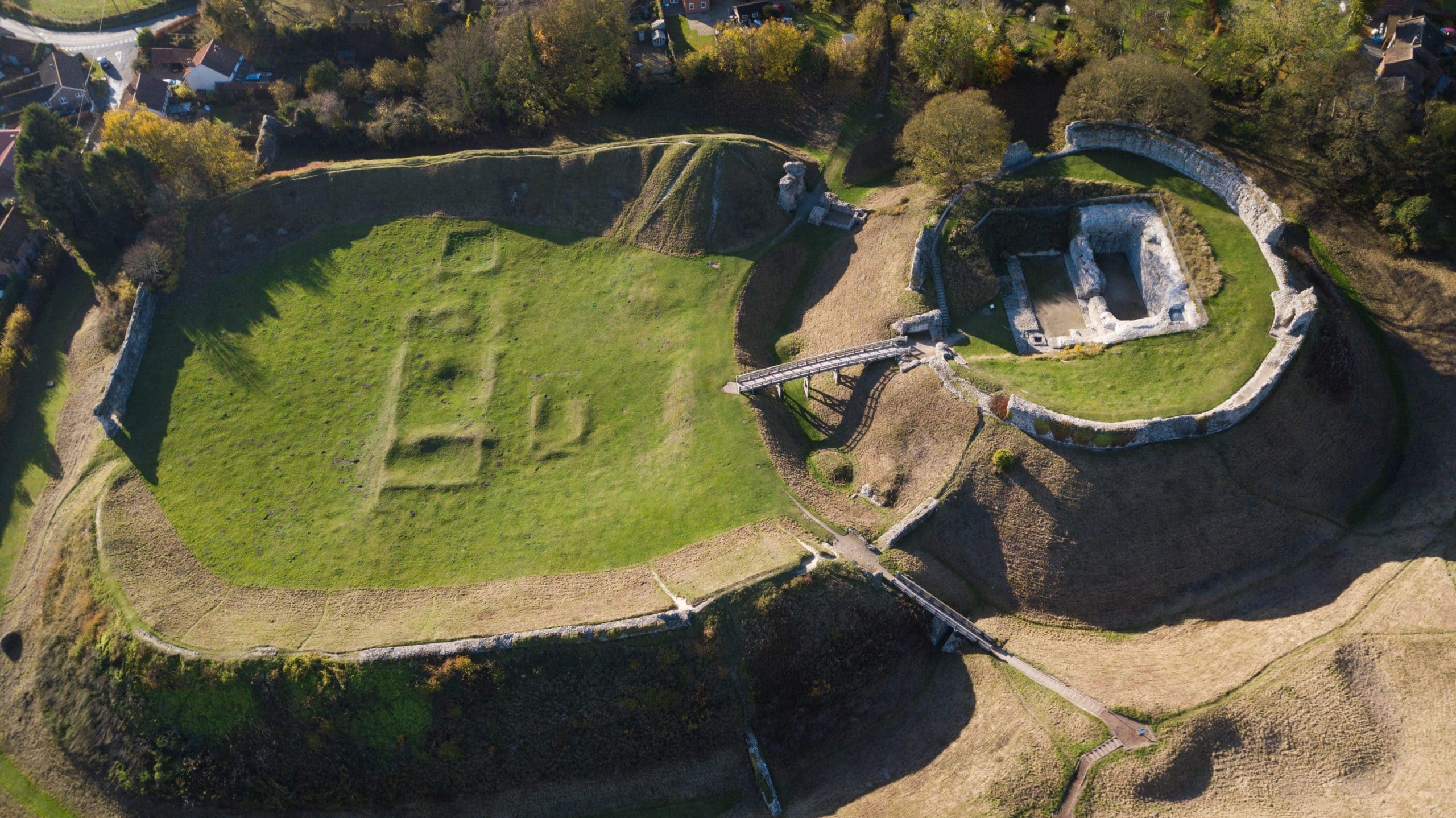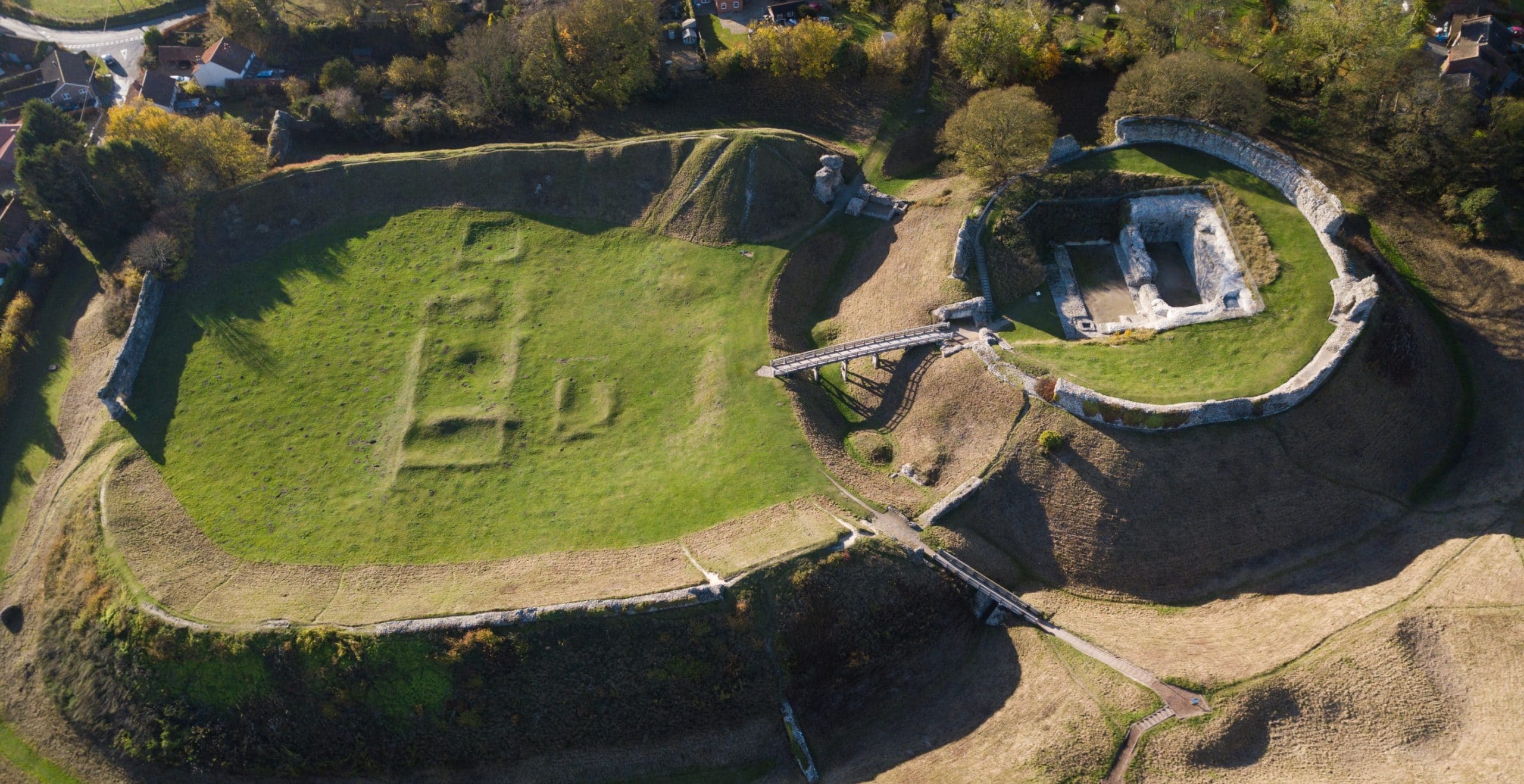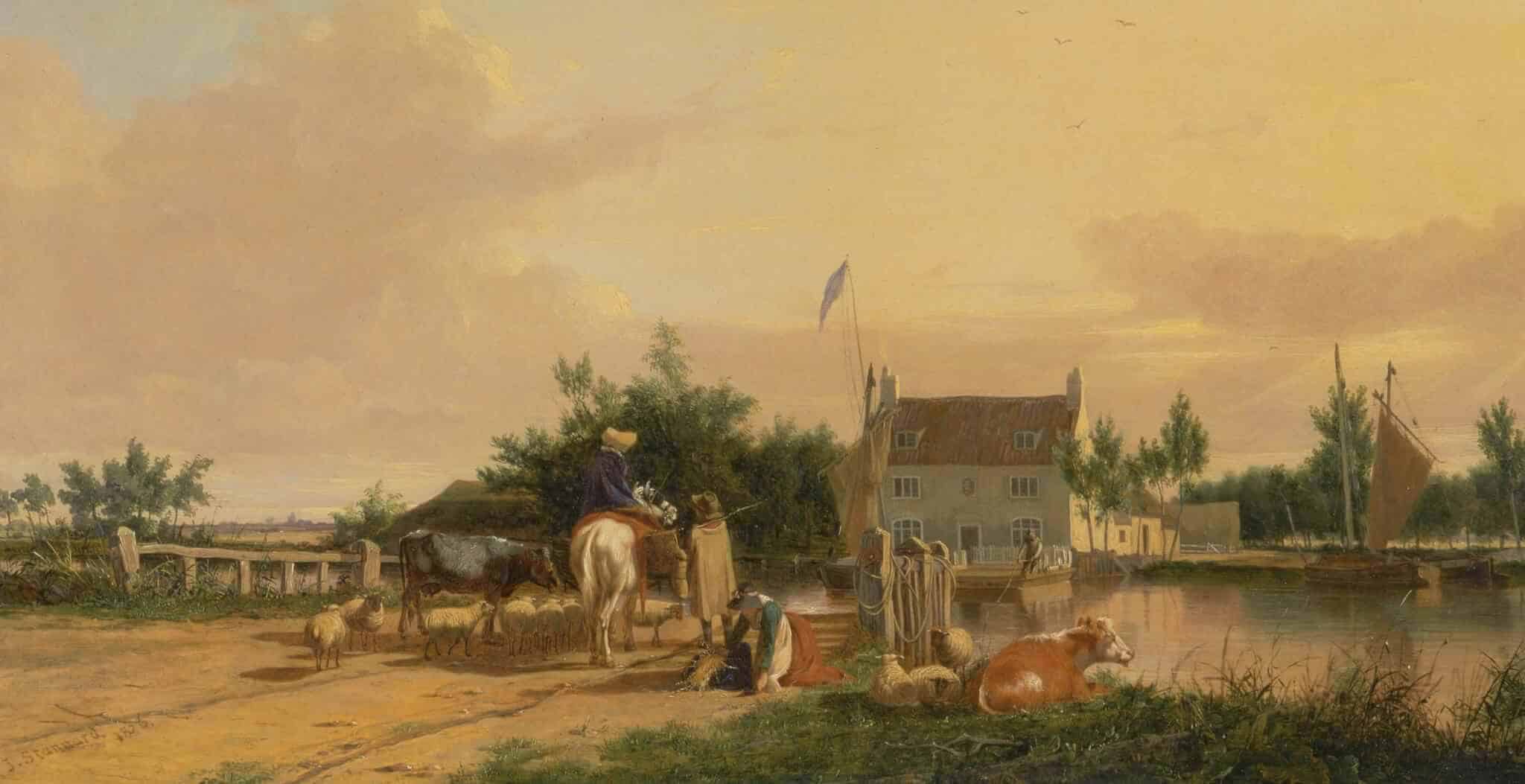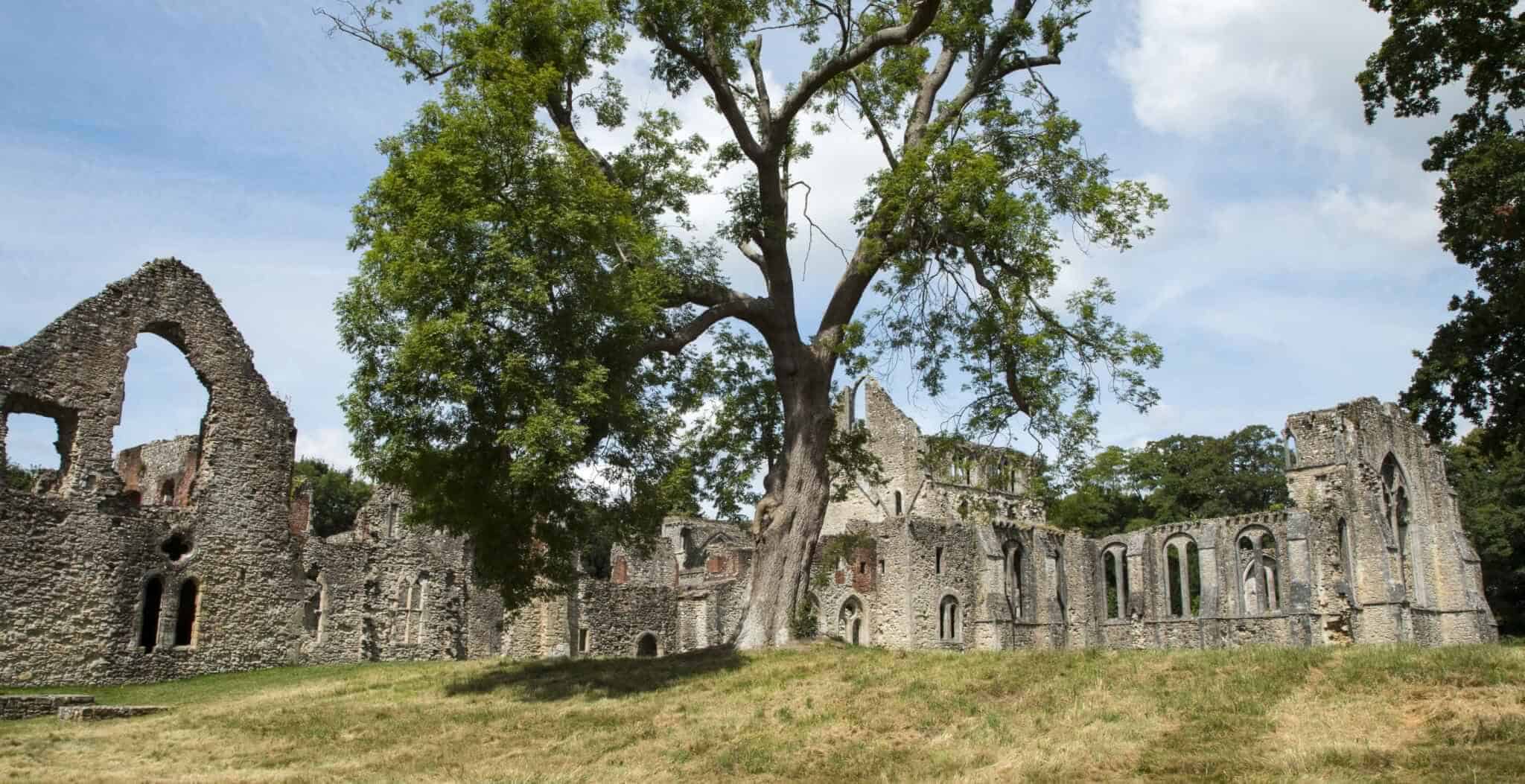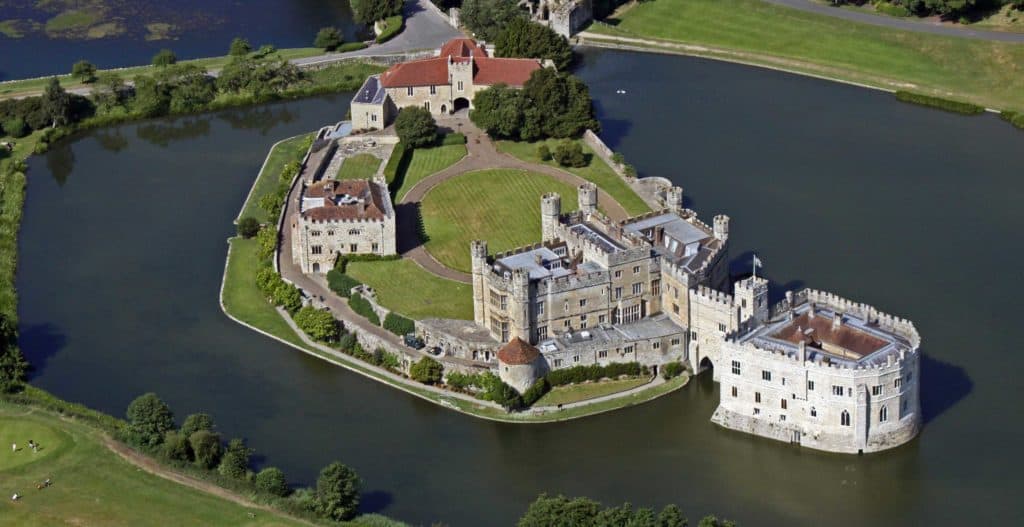Telephone: 01760 755394
Website: https://www.english-heritage.org.uk/visit/places/castle-acre-castle-acre-priory/
Owned by: English Heritage
Opening times: Open 10.00-16.00. Dates vary throughout the year, see the English Heritage website for more information. Entrance charges apply to visitors who are not English Heritage members.
Public access: Free and disabled parking is available near the shop and in the village. Family friendly but beware of uneven pathways. Dogs on leads allowed.
Ruined remains of castle and town walls. Built by William de Warenne, the first Earl of Surrey soon after the Norman Conquest of 1066, the castle was of motte-and-bailey construction. Between 1081 and 1085 a monastery of Cluniac monks was established at the site which continued to grow in size and splendour over the next few hundred years. Unfortunately, much of the site was demolished as a result of Henry VIII’s suppression of the monasteries in the 1530s. What remains visible of the Castle Acre Priory today is still impressive.
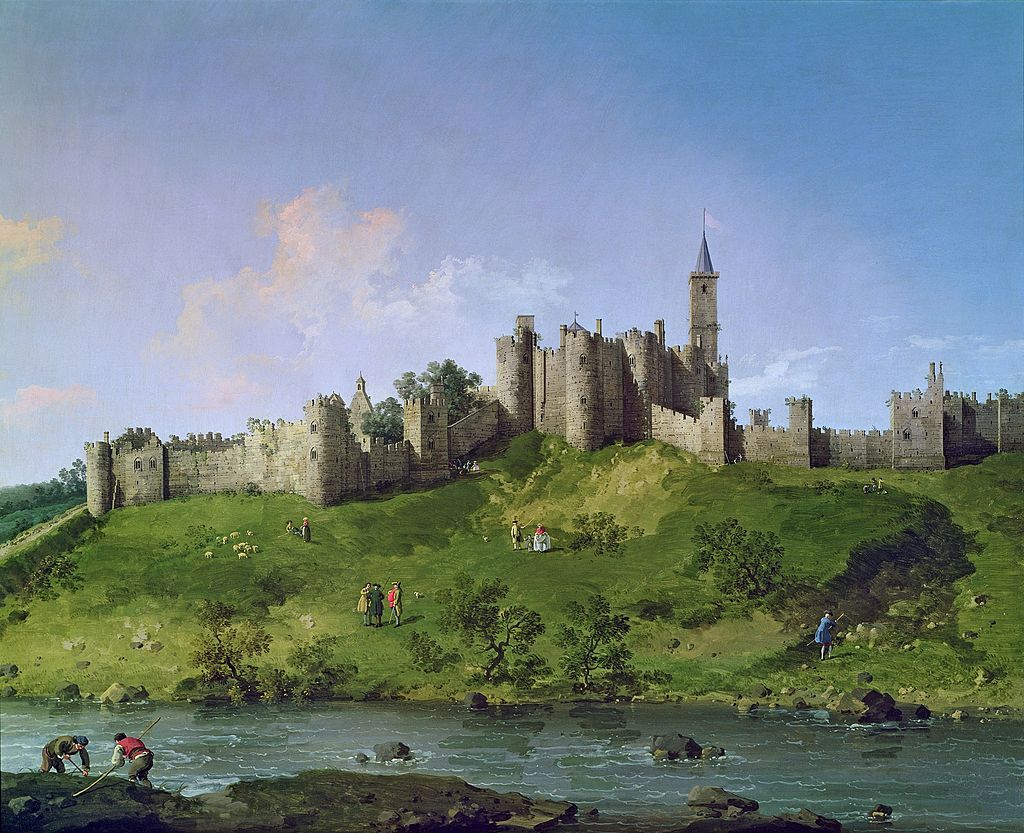
Prior to William de Warenne’s castle, this was the manor of a landowner named Toki. De Warenne gained the manor, with its church and settlement, through marriage. The history of the family and the priory remained closely linked over several generations, with grants of land given to the priory by the de Warennes. William, the first Earl of Surrey, made the most of the strategic site at Castle Acre, which was at the junction of the River Nar and the Roman Road now known as the Peddars Way. The remains of the two well-defined baileys with their protective earthworks are clearly visible, and there was a third enclosure with a well-appointed house made from stone in it.
The third William de Warenne, grandson of the first Earl of Surrey, reinforced the defences during the period known as the Anarchy, when Matilda and Stephen contested the throne of England. The town too was redesigned, with the protective banks and ditches that still surround it today. The two gatehouses were completed after William’s death while on Crusade in 1148. In 1615 Sir Edward Coke took ownership of the castle and it remains in his family today. From the 18th century onwards, the castle has been a popular visitor attraction. Restoration work has since been undertaken by the State in 1929 and by English Heritage since 1984.
